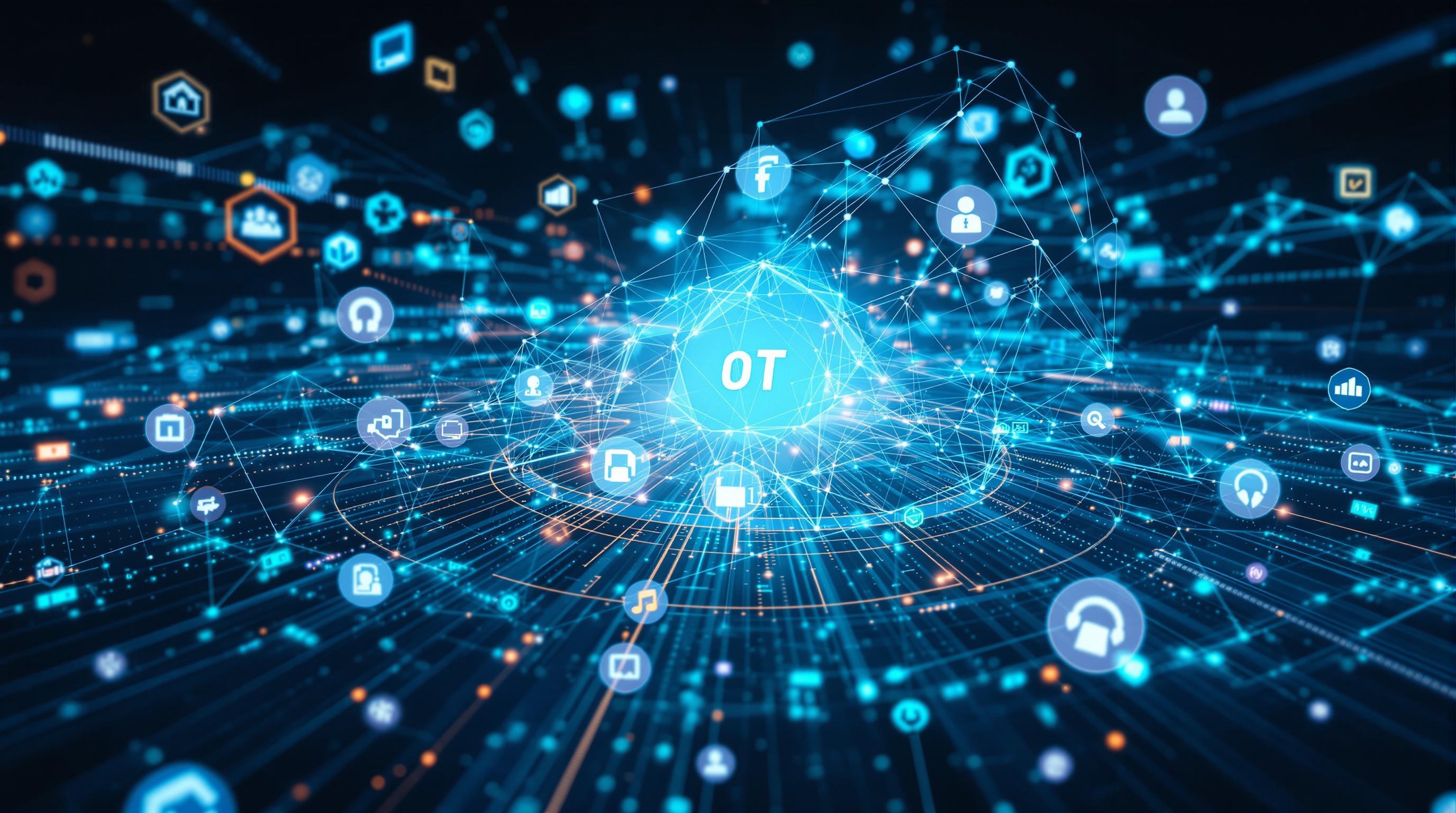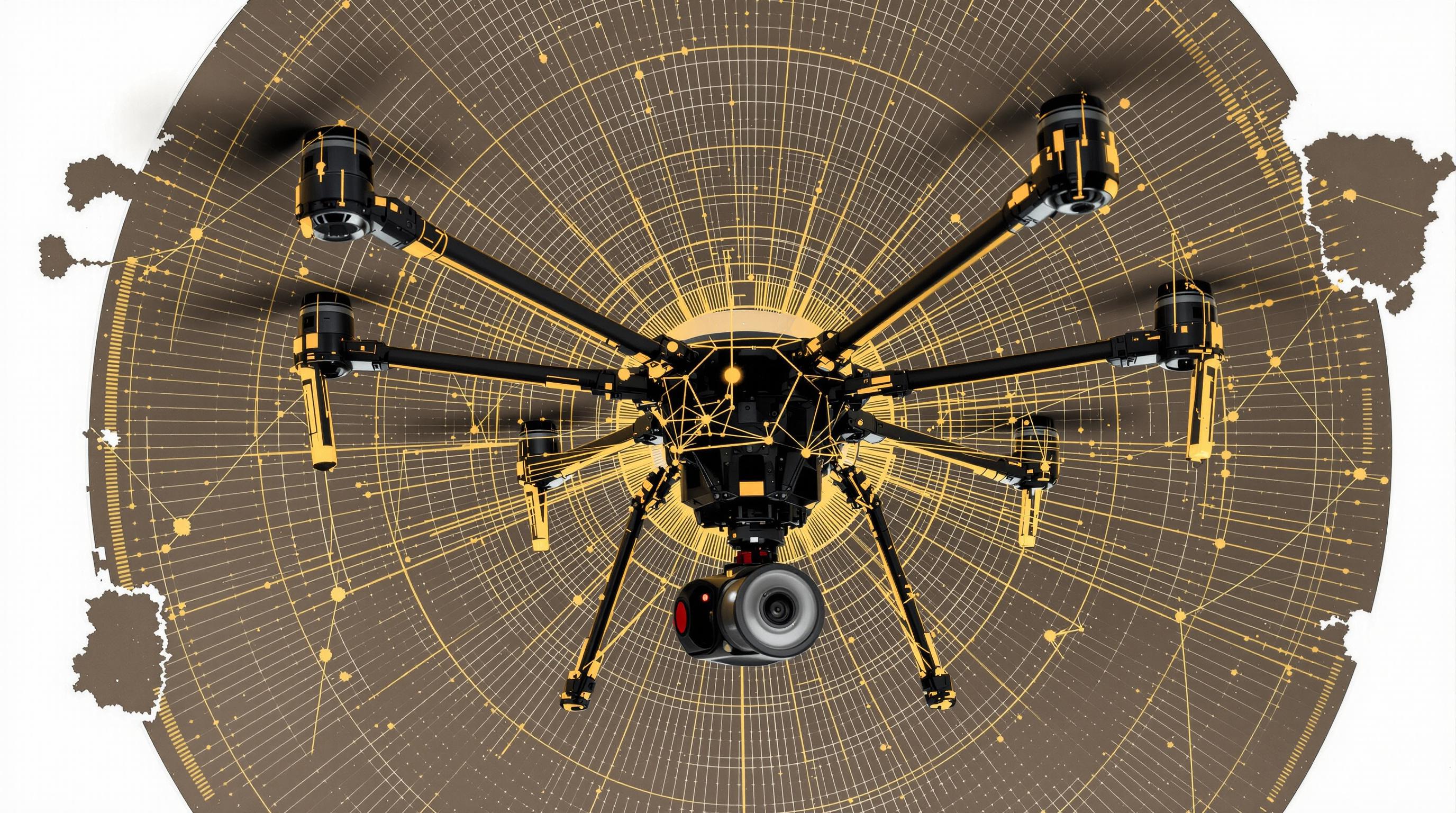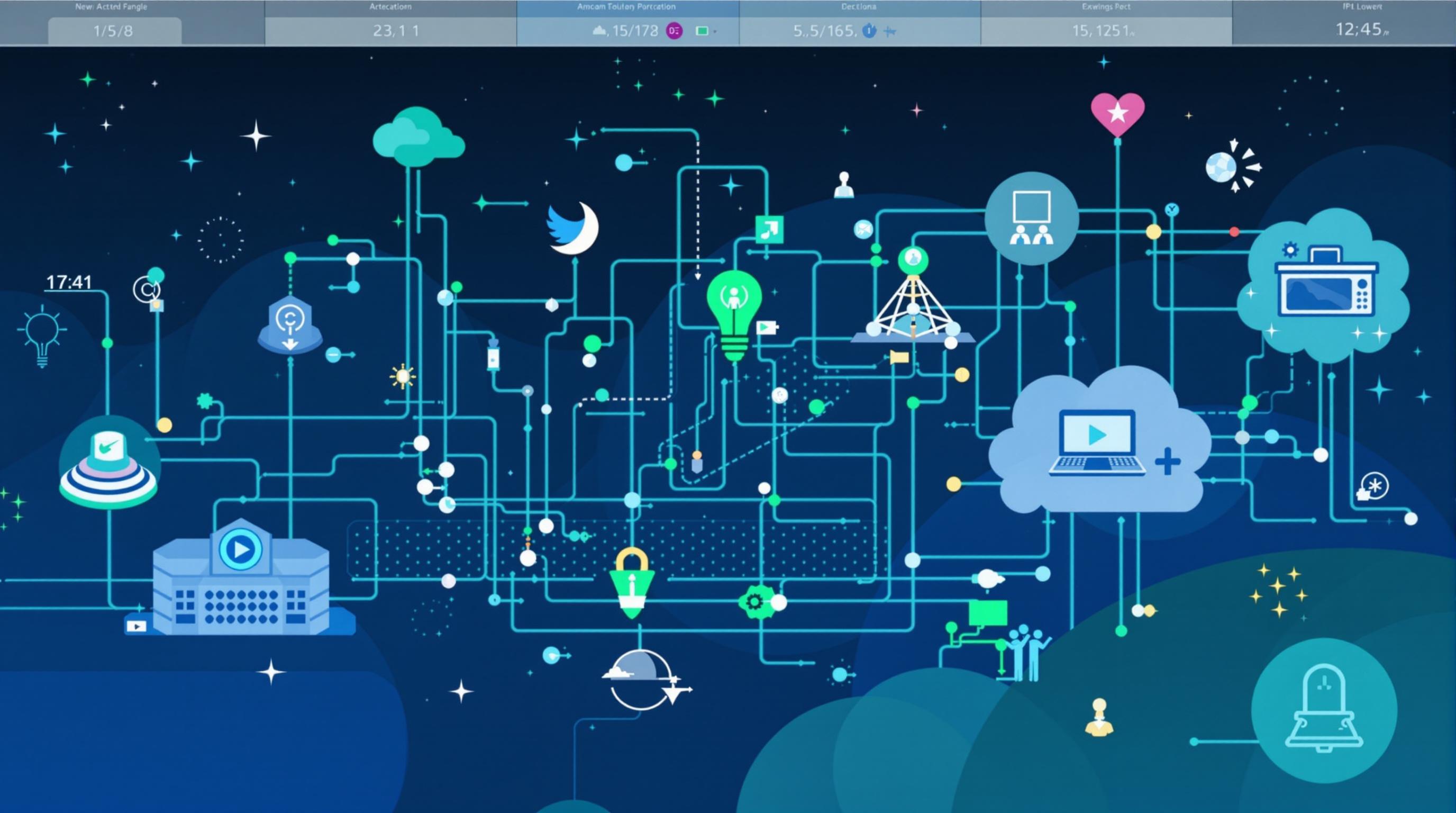Related Articles
- Harnessing Nostalgia: How Memory Mapping Can Inspire Innovative Urban Infrastructure Solutions
- Revealing the Invisible: How Urban Legends Influence Public Perception of Infrastructure Projects
- Whimsical Structures: How Playgrounds Can Inspire Innovative Approaches to Urban Infrastructure Development
- The Enigmatic Impact of Dark Fiber Networks on the Future of Digital Ecosystems and Their Capacity to Scale
- Beyond the Horizon: Exploring the Impact of Cultural Nuances on Global Digital Infrastructure Expansion
- Whispers of the Future: How AI-Driven Edge Computing Redefines Network Resilience and Flexibility
9 Disruptive Concepts: How IoT-Driven Analytics Can Transform Internet Scalability Solutions for Emerging Digital Paradigms
9 Disruptive Concepts: How IoT-Driven Analytics Can Transform Internet Scalability Solutions for Emerging Digital Paradigms
Introduction
The Internet of Things (IoT) is no longer a futuristic concept; it is a current reality reshaping how we interact with technology. With billions of devices connected globally, the need for scalable internet solutions has become paramount. IoT-driven analytics can transform the availability, accessibility, and efficiency of these scalability solutions, paving the way for emerging digital paradigms. This article delves into nine disruptive concepts that underscore the intersection of IoT, analytics, and internet scalability.
These ideas focus on how real-time data, generated by a multitude of connected devices, can be harnessed to create intelligent systems capable of responding to trends, optimizing operations, and improving user experiences. Scalable internet solutions equipped with IoT-driven analytics mean that businesses can evolve in response to consumer needs and technological advancements, addressing issues with unprecedented precision.
Ultimately, as we explore each concept, we will highlight the transformative potential of IoT-driven analytics in promoting a more connected and scalable internet infrastructure that meets the demands of our digital future.
1. Real-Time Data Processing
Real-time data processing serves as a cornerstone for IoT applications. With connected devices continuously transmitting data, businesses can leverage these insights instantly. This immediate access to information allows for timely decision-making and rapid response to operational challenges.
The application of real-time data processing extends to various sectors. For instance, in smart manufacturing, production lines can adjust on-the-fly based on equipment performance metrics, preventing downtimes and maximizing output. Additionally, logistics companies can optimize routes based on live traffic and weather conditions, improving efficiency and cutting costs.
As organizations adopt these innovative practices, the emphasis on real-time insights will undoubtedly make scalability solutions more robust, ushering in an era of unprecedented operational efficiency.
2. Predictive Analytics
Predictive analytics involves utilizing historical data and advanced algorithms to forecast future trends. In the context of IoT, this facet becomes invaluable, allowing businesses to anticipate consumer behavior, resource needs, and market dynamics.
For example, retail companies can predict inventory demands by analyzing customer purchasing patterns derived from IoT data. By proactively adjusting their inventory levels, they can reduce waste and increase profitability. Similarly, predictive maintenance in industrial sectors can identify equipment failures before they occur, minimizing operational disruptions.
The infusion of predictive analytics into scalability solutions can revolutionize how businesses prepare for the future, enabling them to operate not just reactively but proactively as well.
3. Enhanced User Experience
In the era of digital transformation, user experience is a critical differentiator. IoT-driven analytics can heighten personalization, allowing businesses to tailor their offerings to meet specific consumer needs. By analyzing user interactions, companies can enhance their product or service delivery.
Consider smart home devices that adapt to user preferences; they learn from everyday behavior and optimize functions accordingly. This leads to increased satisfaction and customer loyalty, essential aspects of scalability for any digital platform. Understanding user needs through analytics enables companies to align their scale with consumer expectations.
As organizations continue to prioritize user experience, integrating IoT analytics will be vital for scalable digital solutions that resonate with audiences and drive engagement.
4. Improved Operational Efficiency
Operational efficiency is crucial in achieving scalability. IoT-driven analytics can significantly streamline processes by providing organizations with granular insights into their operations. By identifying inefficiencies and areas of improvement, companies can allocate resources more strategically.
For instance, in supply chain management, IoT sensors can monitor the conditions of goods in transit. Analyzing this data allows businesses to ensure optimal storage conditions, reducing spoilage and losses. Furthermore, accessing performance metrics helps organizations to fine-tune their workflows, enhancing productivity.
By harnessing IoT analytics, organizations can create a culture of constant improvement, setting a scalable framework that adapts to the evolving market landscape.
5. Enhanced Security Measures
As the number of connected devices increases, so does the potential for cyber threats. IoT-driven analytics can play a vital role in enhancing security measures for scalable solutions. By continuously monitoring IoT networks, organizations can detect irregular activities that may signal cyberattacks.
Implementing anomaly detection algorithms can significantly reduce the risk of security breaches. For instance, a sudden spike in data traffic could indicate a potential attack, prompting immediate action to protect sensitive information. This proactive approach fosters trust among users, vital for the growth of any digital platform.
Enhanced security not only mitigates risks but also strengthens scalability by ensuring that businesses can expand their operations without compromising user safety.
6. Streamlined Connectivity
Scalability in the IoT ecosystem heavily relies on robust connectivity solutions. IoT-driven analytics can assess network performance and user demands, enabling organizations to optimize bandwidth and connectivity. This is critical as devices become increasingly interconnected.
By utilizing real-time data to adjust network resources dynamically, organizations can ensure uninterrupted services for end-users. For example, when demand surges for specific applications, bandwidth can be allocated accordingly, enhancing user satisfaction and maintaining performance standards.
As connectivity continues to evolve, leveraging IoT analytics will be paramount for creating scalable infrastructures that can support growing digital demands.
7. Cost Management
Cost-efficiency is a primary concern for organizations scaling their digital platforms. IoT-driven analytics can facilitate better resource management, helping businesses reduce unnecessary expenditures. By analyzing usage patterns and operational data, they can identify areas ripe for cost savings.
For instance, energy-efficient systems in smart buildings can dynamically adjust usage based on occupancy data, leading to significant savings on utility bills. Moreover, predictive analytics can help organizations plan maintenance or upgrades before costly failures occur, promoting a proactive rather than reactive financial approach.
Effective cost management through IoT analytics can streamline financial operations and encourage sustainable growth strategies in a digital-centric landscape.
8. Development of Smart Cities
The concept of smart cities hinges on seamlessly integrating IoT technologies to improve urban living conditions. IoT-driven analytics can facilitate better resource management, traffic flow optimization, and public safety initiatives. Through connected devices, cities can gather vast amounts of data, which can be analyzed for actionable insights.
Enhanced traffic management systems can reduce congestion by analyzing real-time traffic patterns and suggesting optimal routes for vehicles. Furthermore, environmental monitoring can help cities take proactive measures against pollution, improving residents' quality of life.
The ongoing development of smart cities exemplifies how IoT-driven analytics can transform urban planning, creating scalable and sustainable environments that address the needs of growing populations.
9. Eco-Friendly Solutions
In an era marked by growing environmental concerns, there is a pressing need for sustainable practices. IoT-driven analytics can help organizations monitor and reduce their environmental footprint by optimizing resource usage, such as water and energy.
For example, smart irrigation systems equipped with soil moisture sensors can conserve water by distributing it only when necessary, demonstrating how technology can support environmental sustainability. Furthermore, businesses can track emissions in real-time, identifying ways to minimize waste and improve sustainability efforts.
Ultimately, eco-friendly solutions powered by IoT analytics not only contribute to environmental preservation but also promote an image of corporate responsibility, bolstering organizational reputation and scalability in increasingly eco-conscious markets.
Conclusion
The intersection of IoT-driven analytics and internet scalability solutions signifies a transformative moment for businesses and urban landscapes. As explored in these nine disruptive concepts, leveraging real-time data and insights can lead to enhanced operational efficiency, improved user experiences, and smarter resource management.
Embracing these innovations will be crucial for organizations looking to thrive in a rapidly evolving digital world. The potential for scalable solutions driven by IoT analytics is vast, opening doors to new opportunities in efficiency, security, and sustainability.
As we move forward, continued investments in IoT technologies and analytical capabilities will determine which organizations can successfully navigate this dynamic landscape and achieve scalable growth.




